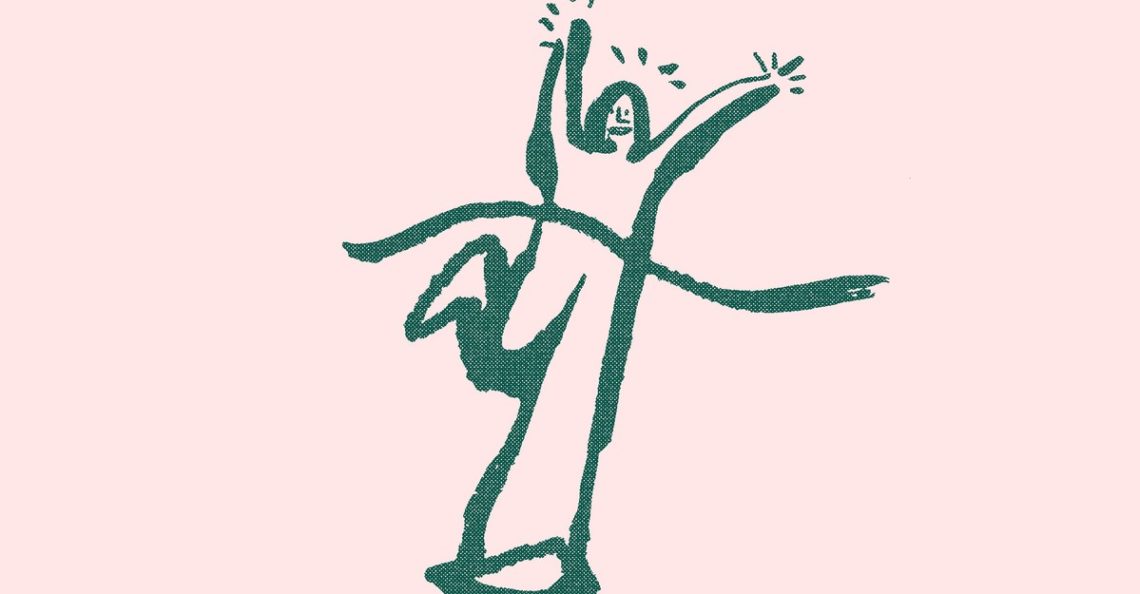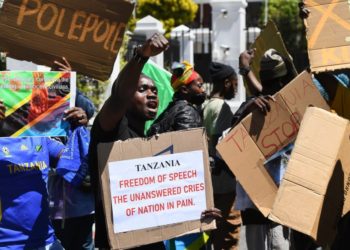This is an edition of Time-Travel Thursdays, a journey through The Atlantic’s archives to contextualize the present. Sign up here.
My father runs almost every day. He started running on Sunday mornings (the only day of the week he didn’t work) when I was in middle school, and he eventually graduated to 5Ks and half marathons. He spent years trying to convince me to join him, and he still dreams of us bonding over energy-gel brands and gait analysis. But running never gave me the feeling he described: fulfillment, a moment of calm. I’ve never felt the gravitational pull that draws people to train for months, enduring shin splints and bleeding toenails, all for a so-called runner’s high.
Then, in 2021, I witnessed the New York City Marathon. The race snakes through all five boroughs and is the most attended marathon in the world; more than 54,000 runners complete it every year, and an estimated 2 million people spectate. It’s become an annual ritual for me to watch the marathoners from behind the street barricades. I’ve seen parents running to their kids, lovers sprinting toward a kiss, and friends handing a runner a beer so they can shotgun it together. I’ve seen people on fire escapes playing DJ sets at 8 a.m., and kids giggling as brightly colored sneakers sprint by.
Feats of endurance throughout history often elicit this selfless feeling of joy. In 1896, the first modern Olympic Games staged the first marathon race. Despite its unusual length, which a French newspaper called “contrary to all principles of sport and of hygiene,” roughly “100,000 people—the largest crowd of the Games and one of the largest peacetime crowds in human history to that point—jammed into and around the Panathenaic Stadium to await the exhausted runners,” Joshua Benton wrote in The Atlantic last year.
“People went into delirium” when the marathon winner, Spyridon Louis, a Greek water carrier, ran into the stadium, according to the American hurdler Thomas P. Curtis, who won gold at the 1896 games and later published an account of his experience in The Atlantic. “Thousands of white pigeons, which had been hidden in boxes under the seats, were released in all parts of the stadium. The handclapping was tremendous.”
Marathons have gathered us for more than a century now, and there is no shortage of declarations in The Atlantic’s archives about the sense of purpose that running provides. “I like the feeling of my feet hitting the ground and the wind in my hair. I like to remember that I’m still alive, and that I survived my cancer,” Nicholas Thompson, The Atlantic’s CEO, recently wrote. “I think it makes me better at my job. But really I run because of my father.”
Thompson’s marathons marked significant moments in his life: a new job, his cancer diagnosis and remission, the start of fatherhood. These races are milestones, and that’s a big part of their appeal. “For many of today’s 20-somethings, the traditional markers of maturity (marriage, kids, a stable career, homeownership) have become harder to reach,” Maggie Mertens wrote in The Atlantic last year. “When other big life milestones seem elusive, a marathon, though extreme, can feel like a surer route to finding meaning”—all reasons why the number of young marathoners is on the rise. (I once watched a friend of mine frantically sign up for her first half marathon in a surge of inspiration as runners flew by us in New York.)
Some runners—“marathon elitists,” as Lane Wallace called them in a 2009 Atlantic story—worry that the race has lost meaning by becoming more mainstream. But participation by runners and audiences is ultimately what sustains the sport. When Donald Arthur, a man who had run more than 30 marathons by 2009, was asked which one was his favorite, he replied, “Oh, New York!” There are “all those people, cheering you on! I wave at them, and they wave back, and it’s like nothing else.” Each year I go, the weather is forgiving, the subway is full of love letters in the form of cardboard signs, and thousands of volunteers line up in all five boroughs to reach out to a stranger and hand them a cup of water.
I have to agree: It’s like nothing else.
The post The Wonder of Watching People Run appeared first on The Atlantic.




